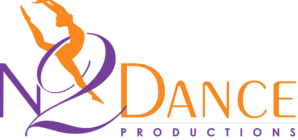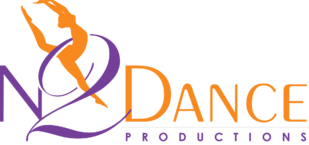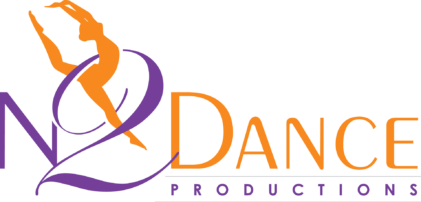The History of Dance
Dance is a rhythmic movement of the body which has been an integral part of civilisations since time immemorial. Considered a popular form of art globally, dance also has symbolical and religious significance in some cultures. The history of dance is ancient and fascinating, characterised by both preservation and evolution. The earliest noted origins of dance can be found in India and Egypt. Rock Shelters of Bhimbetka, India has several paintings that are 9,000 years old, containing dancing figures. Similarly, Egyptian tomb paintings also depict dance figures that are dated at 3,300 BC.
Dance was used as a medium to narrate stories even before the written language originated. Its popularity in primitive times has been attributed to several factors including religious rituals, effective ways of entertainment, cultural integration, and a vibrant form of expression, which had led to a widespread appreciation of the art form. The use of dance in healing practices is also a factor that made people respect it. This can be seen even as of today in some tribes of the Brazilian rainforest and the Kalahari Desert in Africa.
Written References on the History of Dance
The earliest reference of documentation of dance can be found in Natyashastra — the Sanskrit text on performing arts, written by Bharata Muni, an Indian theatrologist and musicologist of 200 BCE. Though this text dwells on drama, dance forms an important aspect of the codification illustrated by Muni. It wonderfully classifies the various limb movements, hand gestures (mudras) and expressions. Most Indian classical dance forms have their roots in this text.
Classical and Modern Dance — How They Connect
Classical dance form is more structured and disciplined with fixed postures, hand movements, and expressions. This can be seen evidently in ballet and Bharatanatyam — two popular classical dance forms. On the contrary, modern dance is more flexible and less structured with loose postures, is less formal, and often achieved through experimentation.
Though there are differences between the two kinds of dance forms, both have a heart and soul that makes them comfortably fuse.
Dance and Music Are Synonymous For Both
In the present times, it is impossible to imagine dance without music. Hearing hip-hop or rock music makes you tap your feet. Likewise, for classical dance forms, music was an inherent component of dance. Without music, it is like a painting without colours.
Expression Holds the Key
Dance can convey a message succinctly and sublimely. Whether it is about narrating cultural values, historical enactments, or modern awareness campaigns, dance is always able to connect the right chords with the viewers.
Let the Body Loose
Both contemporary and classical dance forms give importance to getting your body in sync with the rhythm. Merging the music and movements is emphasised, thus translating into an incredible experience for the performer(s) and audience alike.
Impact on Health
A robust and synchronised movement of different body parts, dance is often considered a form of exercise. While it certainly is a lot more than an exercise regime, dance has several physical, mental, and physical health benefits to offer:
- Weight management
- Helps to tone muscles
- Conditions the lungs and heart
- Reduces risk of osteoporosis
- Enhances aerobic fitness
- Calms the mind
N2 Dance Productions: Learn the Best of Both
N2 Dance is a popular dance studio in Sydney that provides a great opportunity for young kids to explore the art form. Isabella Nikodinovski, along with her sister, Elysia Nikodinovski, founded the Sydney Dance Studio. Both have a combined dance experience of over 35 years, making it one of the best dancing schools in Sydney.
For thousands of years, dance has been an energetic way to elevate and refresh the body and mind. At N2 Dance Productions, we stand true by this and attempt to replicate it by offering dynamic dance workshops for kids and adults alike. We do this by combining the best of classical and modern dance forms to give a holistic, nurturing environment.
Our preschool stream aims to inculcate classical ballet in children. At N2 Dance Productions, we offer "Mummy and Me" classes for children as young as 2 years. In these classes, parents can explore the benefits of this regime with their child and watch them learn and enjoy the classical dance style.
TAPfit™
TAPfit™ is one of the latest dance workouts taking the modern dance world by storm. In our TAPfit™ classes, students have access to never-before-seen equipment that takes dance and fitness to another level. Resistance training, cardio and dance are integrated into these classes. TAPfit™ provides an incredible experience to people of all age groups and abilities, where you don’t just dance TO the beat…you ARE the BEAT!



